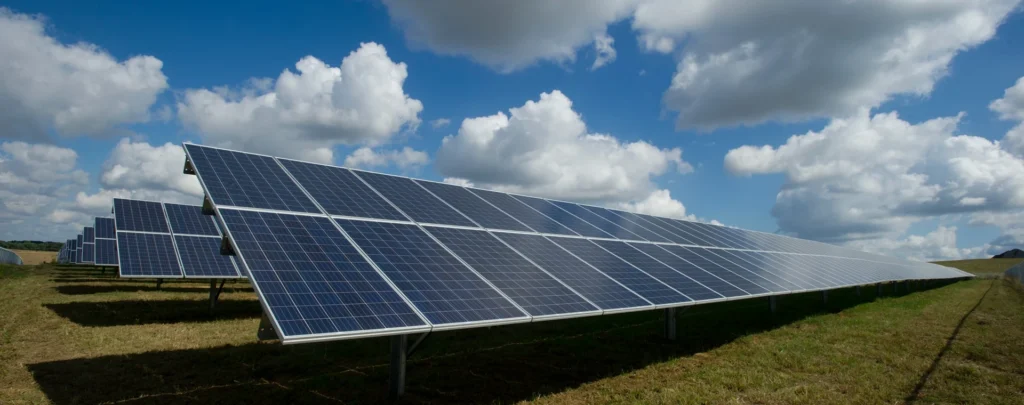India’s renewable energy industry will face increased regulatory heat in the years to come, driven by policy compulsions in Europe and China, a recent report by JM Financial says. With the industry growing, issues of grid stability, subsidy dependence, and negative energy pricing are becoming more important.
The report indicates that Western nations, including China, are reinforcing regulations due to these pressures. With the fast-paced growth of renewable energy in India, the report proposes that similar policy reform here can be done.
As the proportion of RE in the energy basket increases in India, we anticipate policy changes based on global trends over the next 3-4 years,” said the report.
Global Regulatory Trends Impacting India
China has begun phasing out subsidy-driven incentives lest the fear of oversupply and sub-zero energy prices becomes reality. A few countries in Europe have begun softening their backing of renewables in response to similar economic pressures. Such actions show an international drift toward market-based solutions, which shall soon extend its impact to Indian energy policy as well.
“While policymakers remain ambitious in their targets and continue to push for execution, there is a growing consensus that subsidy-driven incentives must be limited (especially in China) and the expansion of renewables needs to be regulated (in Europe) due to pricing challenges. Regulatory steps taken by China and Germany suggest possible developments in India as well,” the report noted.
China’s transition to market-oriented pricing and Germany’s policy to suspend subsidies for photovoltaic (PV) grid integration when electricity prices dip below zero are cited as examples of increasing regulatory interventions that could set precedents for India.
India’s Renewable Energy Expansion
As per official data, India’s non-fossil fuel-based energy capacity reached 217.62 gigawatts (GW) as of January 20, 2025. In 2024, the country saw record-breaking installations with 24.5 GW of solar capacity and 3.4 GW of wind capacity added. This represents over a twofold expansion in solar installations and a 21% expansion for wind installations over 2023.
This expansion was supported by government incentives, policy adjustment, and rising investment in local solar and wind turbine manufacturing. Solar power was the dominant force, accounting for 47% of installed renewable energy capacity. Of particular interest was the expansion in utility-scale solar installations to 18.5 GW in 2024, a greater than 2.8x increase over 2023.
The top contributors were Tamil Nadu, Gujarat, and Rajasthan, which contributed a cumulative 71% of India’s total utility-scale solar installations.
Outlook and Policy Implications
While India is still committed to augmenting its renewable energy basket, the sudden spurt in the sector might require intervention through regulations so that economic and operational dislocations are not caused.Based on global trends, India may soon introduce policies to regulate subsidies, address pricing fluctuations, and ensure a stable energy market.
Read Also: Global Push for Sustainability Drives Green Ammonia Production

